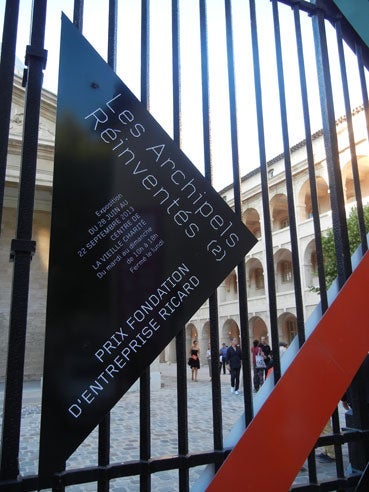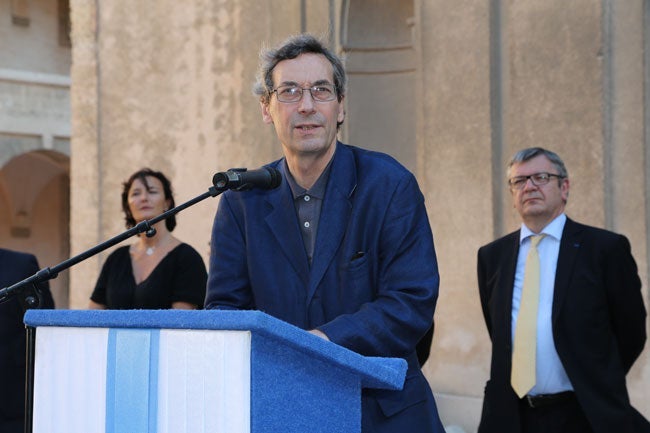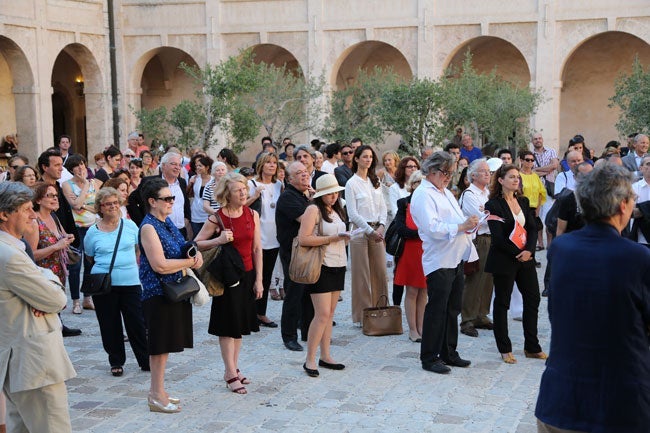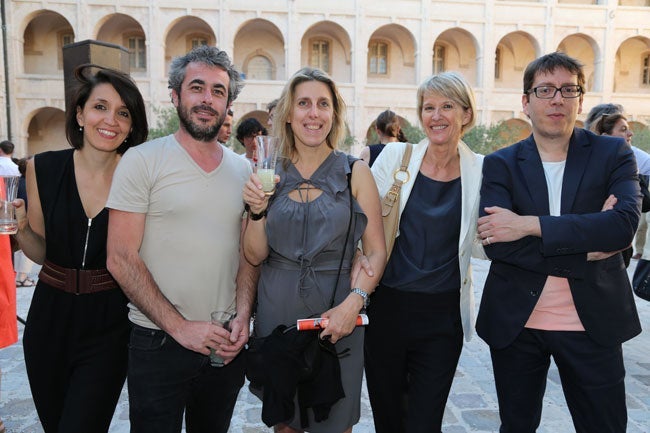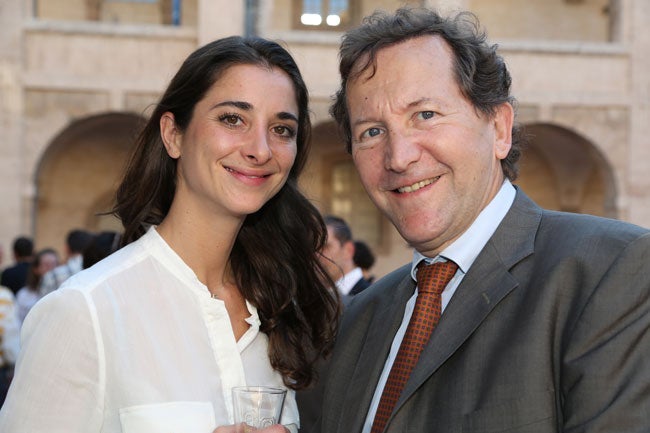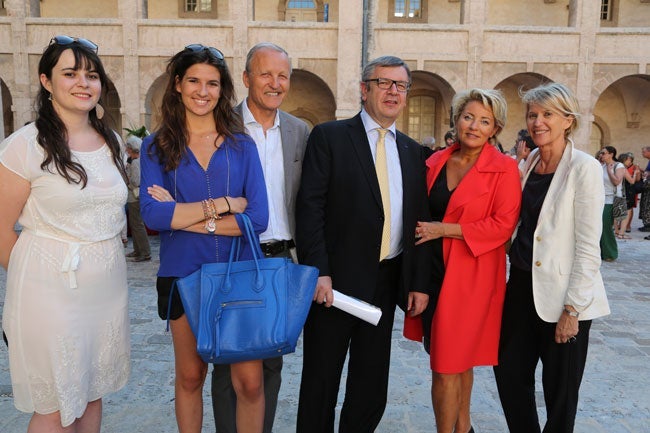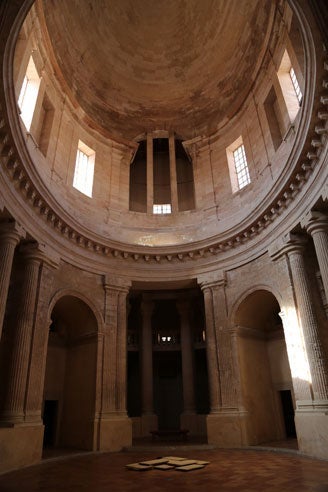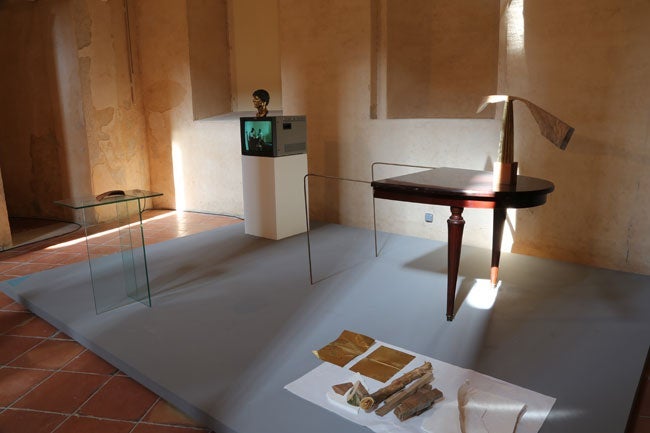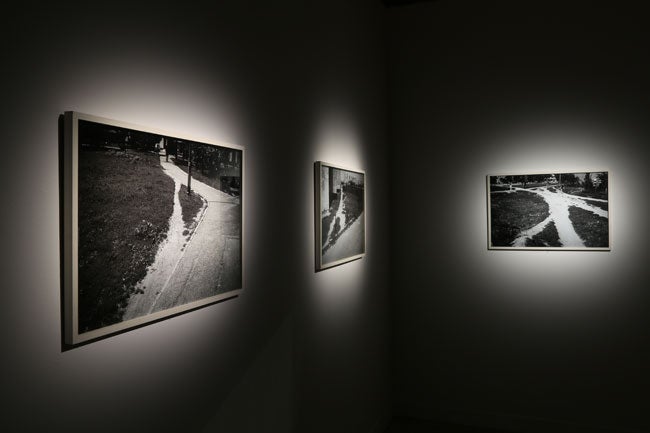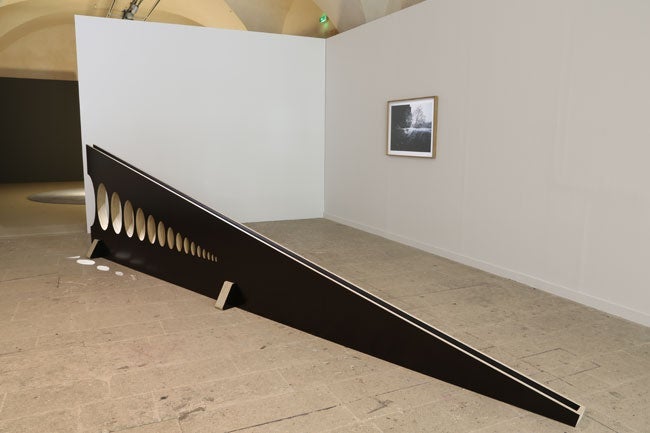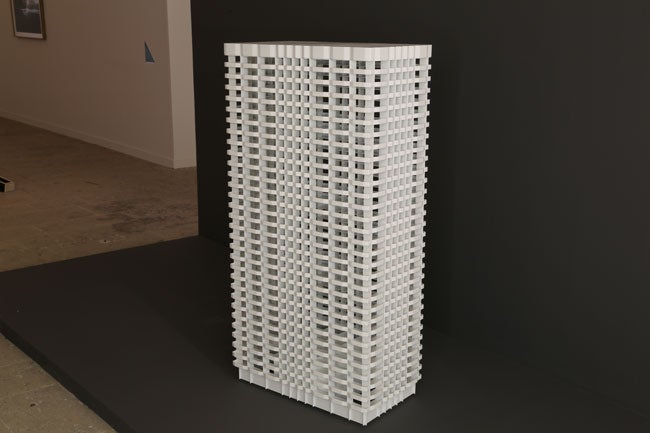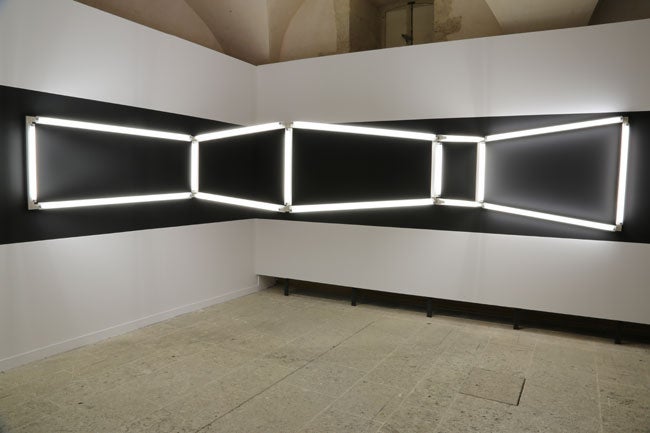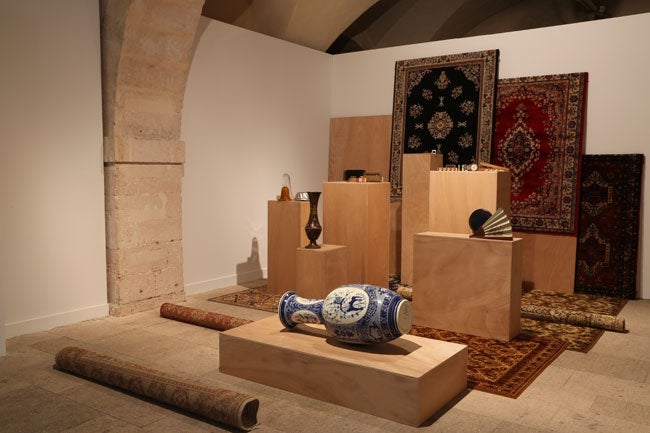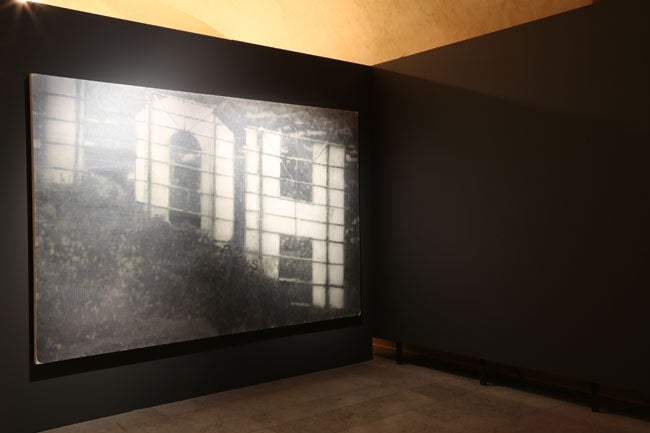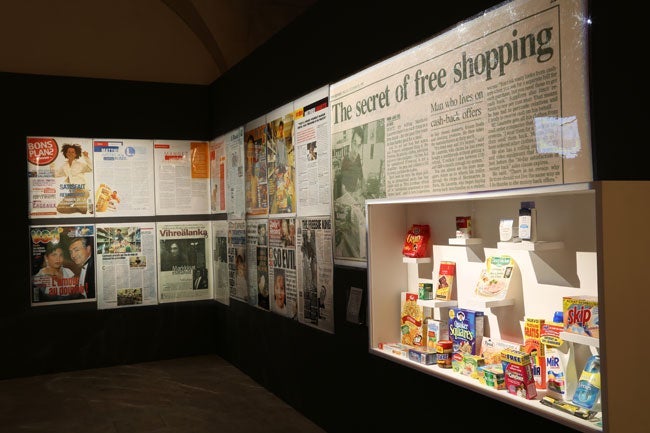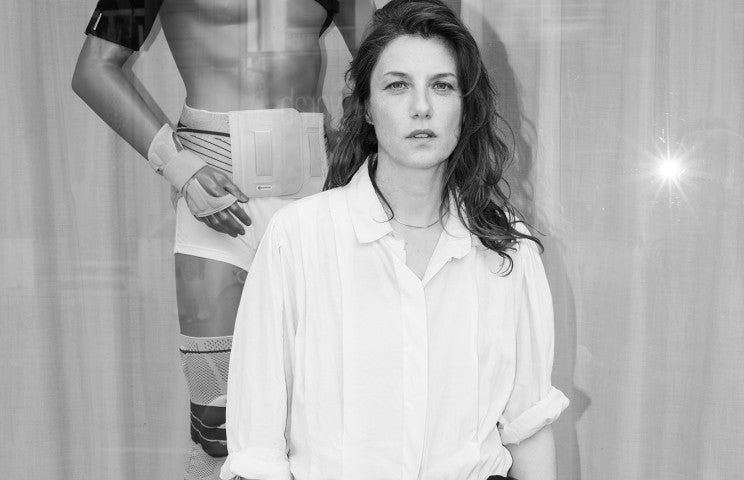«Les Archipels réinventés (2)»
On the occasion of Marseille-Provence 2013, European Capital of Culture, Marseille museums present the exhibition Les archipels réinventés / 2 at the Centre de la Vieille Charité. The show features all the works which were awarded the Prix Fondation d’entreprise Ricard since 1999. We would like to point out that today, thanks to the prize, all these works are part of the collections of the Centre national d’art et de culture Georges-Pompidou.
The exhibition, designed by curator Emma Lavigne, outlines the emerging French scene and displays the works of a generation of artists like an archipelago open for exploration. The event also attests to the commitment shown from the beginning by the Centre Pompidou which, thanks to this close collaboration with the Fondation d’entreprise Ricard, also enriches its own collections.
From Tatiana Trouvé’s installation to Loris Gréaud’s fantastic world, from Vincent Lamouroux’s or Christophe Berdaguer and Marie Péjus’s luminous work to Boris Achour’s sculptural irony, not to mention Ida Tursic and Wilfried Mille’s pictorial research, this cartography of contemporary French creation will be dialoguing with the historic architecture of the Centre de la Vieille Charité.
« In 2009, a first chapter was the celebration of the ten-year anniversary of the Prix Fondation d’entreprise Ricard at the Pompidou Center: a daytime exhibition space featured the works of Tatiana Trouvé, Matthieu Laurette or Mircea Cantor inspired by social and urban transformations, while a nighttime space included imaginary islets by Berdaguer & Péjus or Loris Gréaud. The second chapter in this ongoing history of «Reinvented Archipelagoes» has been enriched with five new works and unfolds in the spaces of the Vieille Charité in Marseille.
The exhibition borrows its title and cartography from André Boucourechliev’s score for Archipels, which was conceived as a «large sea map showing islets scattered around, their sheer sight an invitation to travel; and which explores musical forms whose face and shape would not be traced once and for all, but would change from a performance to the next.» The spatial progression of «Reinvented Archipelagoes» proposes to raise questions not so different from Peter Sloterdijk’s in his analysis of the conditions in which man can make the world inhabitable: «Where are we when we are in the world? A contemporary, informed answer may be given to this question. We are in an exterior that carries interior worlds.»
Like the project developed by Benoît Maire at the edge of art and philosophy, «The Aesthetics of Dissents,» which revisits Lyotard’s concept of différend, the exhibition at the Vieille Charité makes it possible to comprehend the diverging forms of expression that define the artistic landscape of postmodernity. Their capacity to invent «interior worlds» may be the link between the works awarded the prize and which, year after year, define and expand the outlines of the young French production present in the collections of the Pompidou Center. These worlds, made up of multiple reflections, catch us in the act of looking and resist being reduced to mere images. The issue is to spend time inhabiting—in the physical and mental senses of the term—the disarticulated aesthetic system elaborated and exposed. So much is suggested in Benoît Maire’s work and his installation «Dans un jardin,» whose forms unfold like the rhizomes of his thought.
For «The Back of the Sign,” the pair formed by Ida Tursic and Wilfrid Mille enlarged a mere anonymous photograph that once served to illustrate an article on the suicide of a young actress, who in 1932 jumped to her death from the top of the iconic «Hollywoodland» sign. The surface thus becomes mysterious and ever-changing. «With a lot of light, the painting becomes more opaque, almost white; and with little light, the site emerges, as if some fog lifted and came closer at the same time, we know that there is something there,» the artists explain.
In his film Dôme, shot in Super-8, Adrien Missika explores a still recent past in the manner of an archaeologist—a past already frozen by the twists and turns of history, the war in Lebanon in this case. The place is an unfinished site designed for the Tripoli fair by Oscar Niemeyer; Missika metamorphoses an abandoned circular auditorium into a giant musical instrument, the resonance chamber of an eventful history.
In Paysage avec Poussin et témoins oculaires (III), inspired by Nicolas Poussin’s idealized landscapes, Isabelle Cornaro mobilizes a history of the look and questions the transposition of real space into an abstract representation. In the process, her work also fully vindicates Maurice Merleau-Ponty’s thought in Phenomenology of Perception: «If we want to subject science itself to rigorous scrutiny and arrive at a precise assessment of its meaning and scope, we must begin by reawakening the basic experience of the world of which science is the second-order expression.» (Routledge, 2002, ix)
Katinka Bock seems to find her material in a world caught in an uncertain balance. She gives shape to the clean lines of condensed objects which she subjects to situations of unbalance in setups marked by tension and suspension. The sense of an imminent danger, of a possible fall or of an incoming transformation captures the look of the spectator, tangibly relating him or her to space. »
Emma Lavigne
